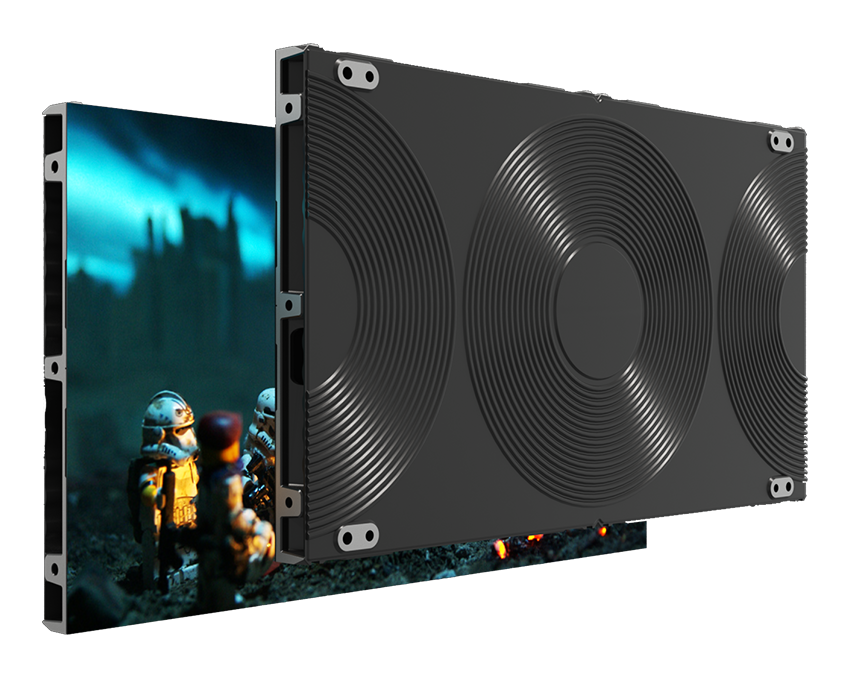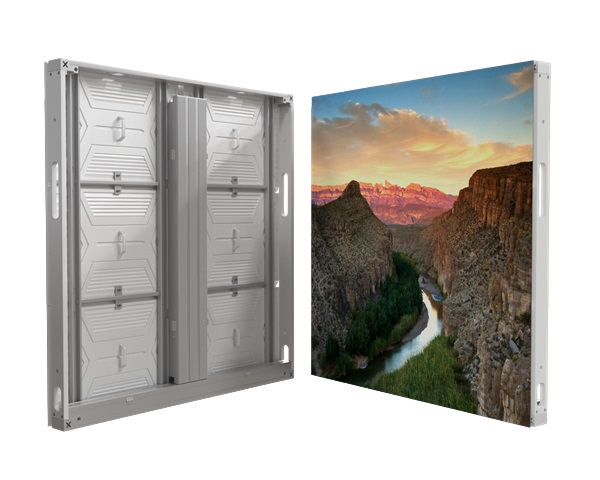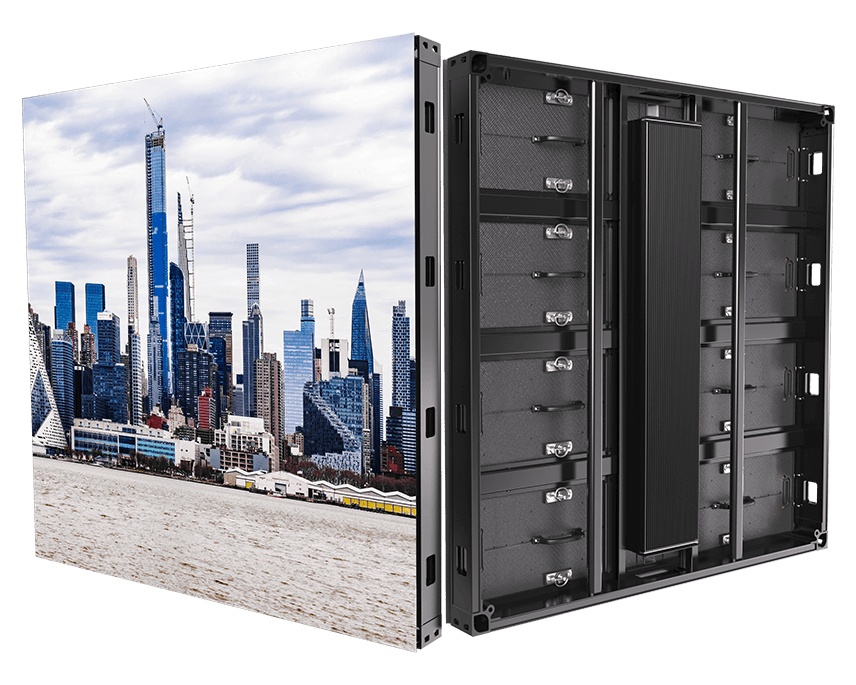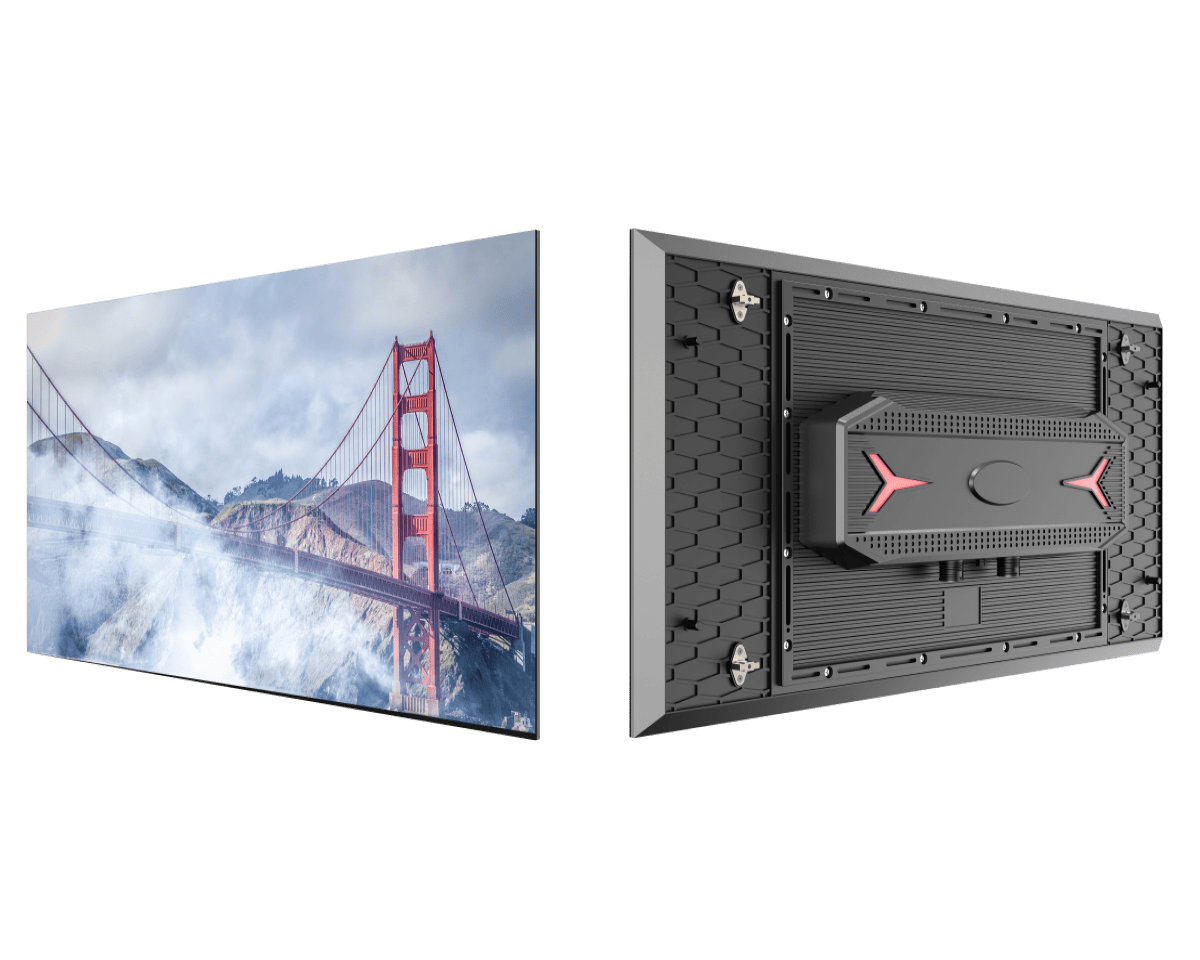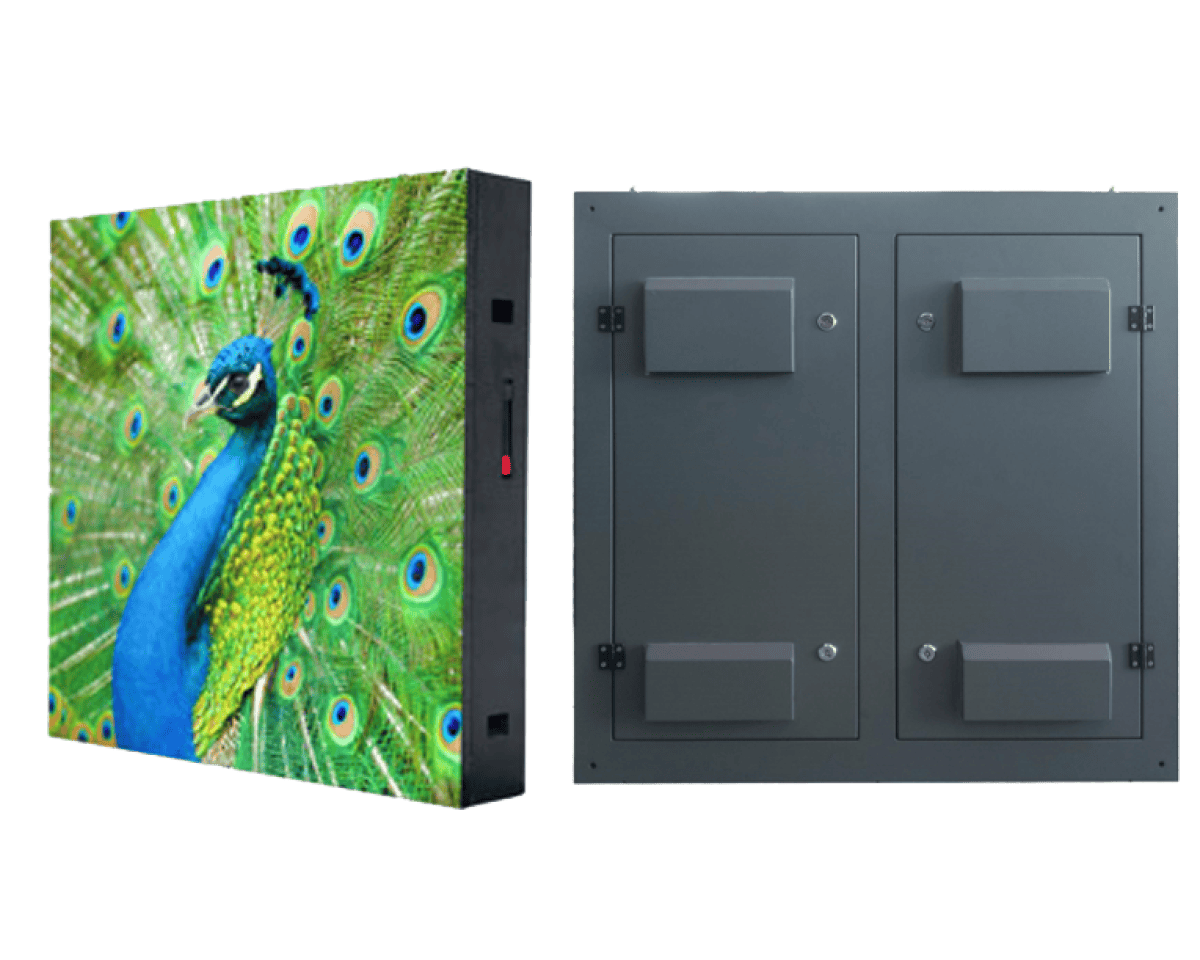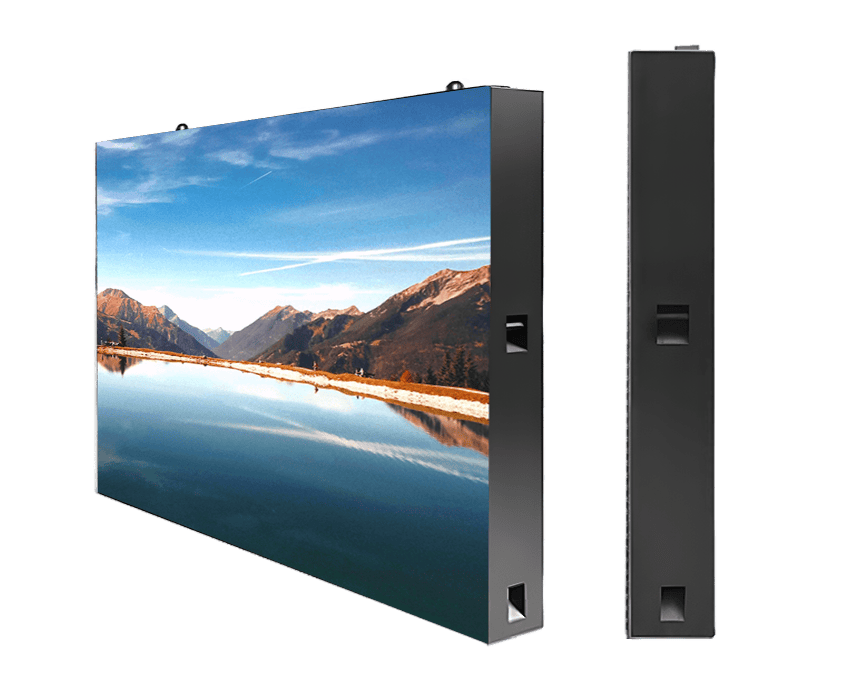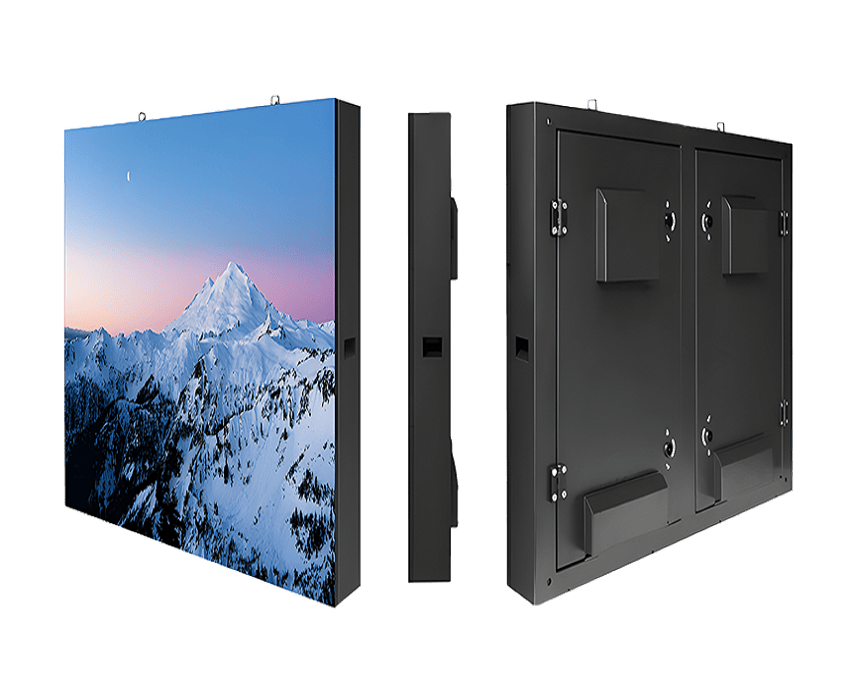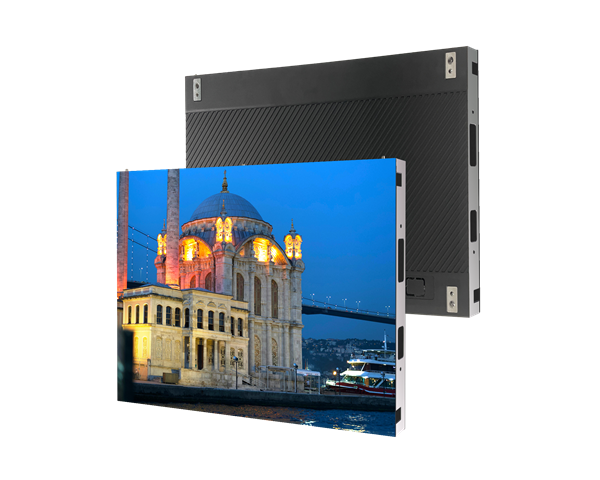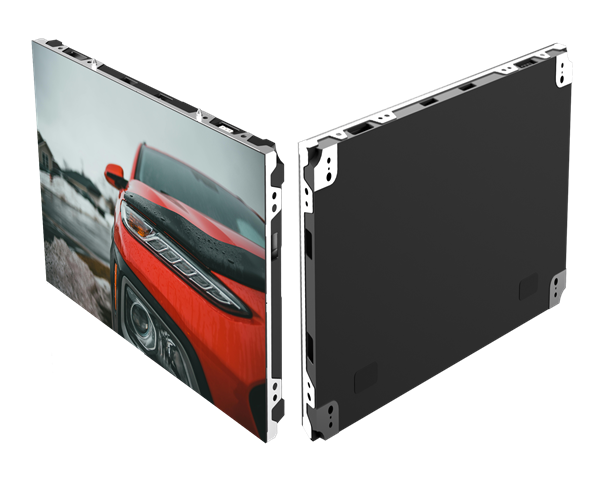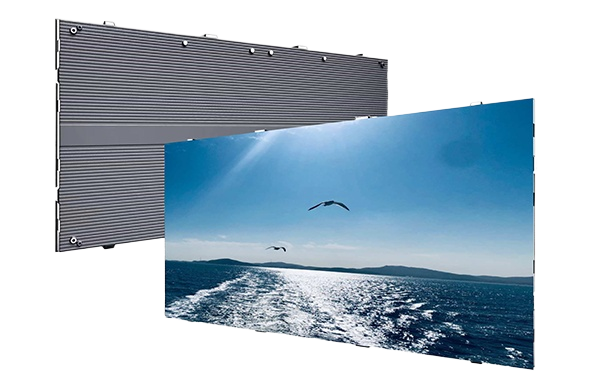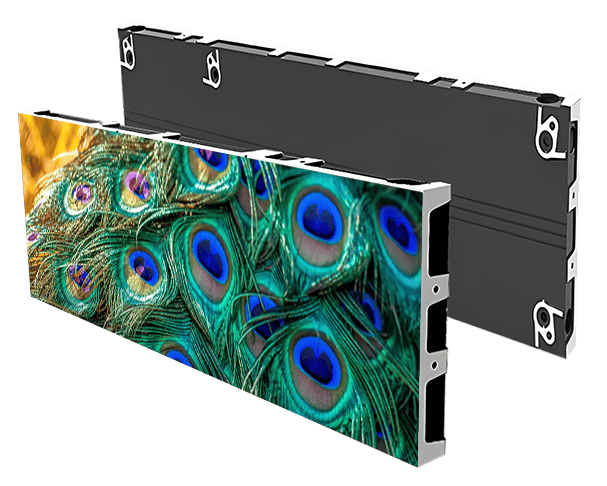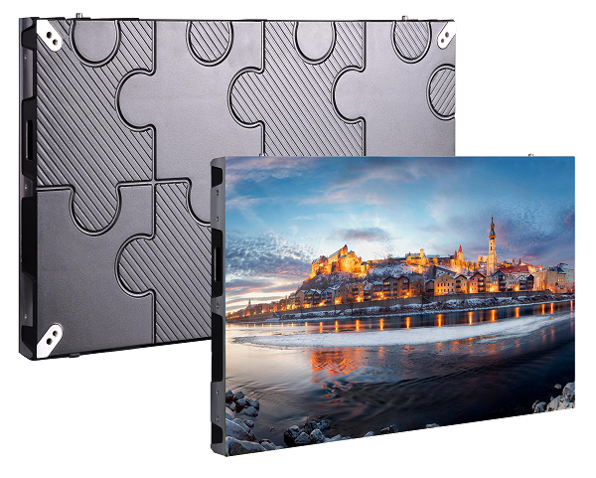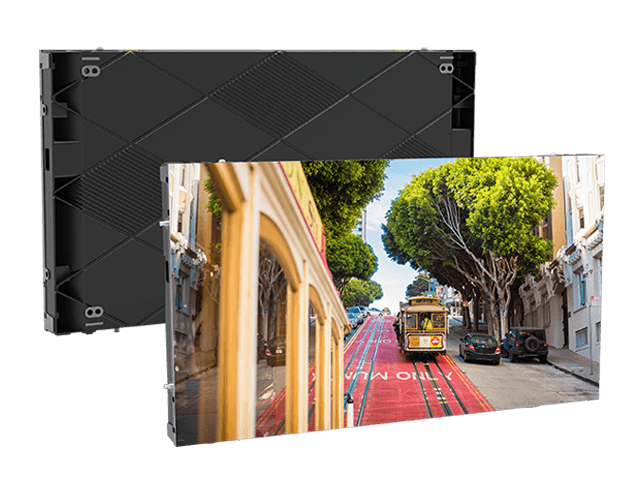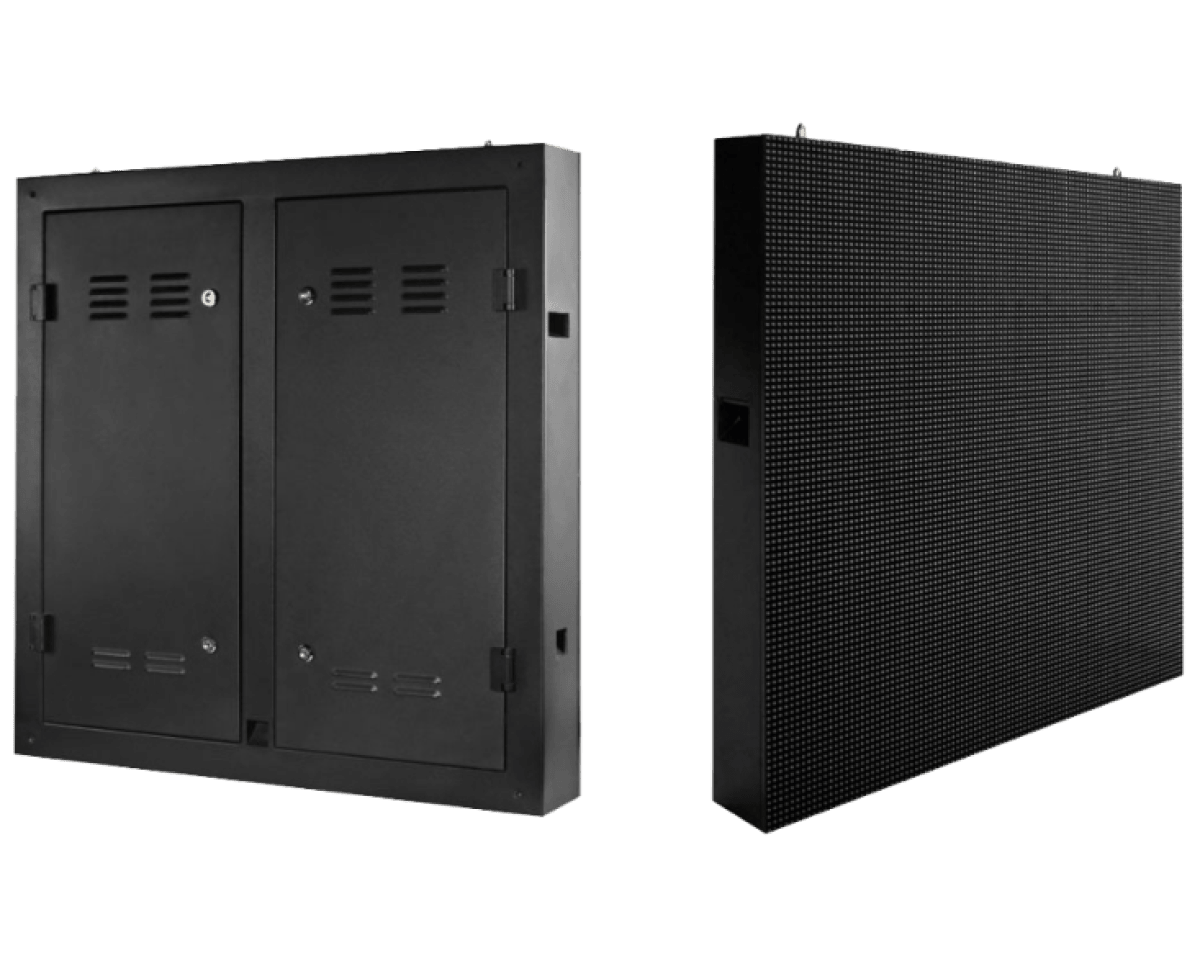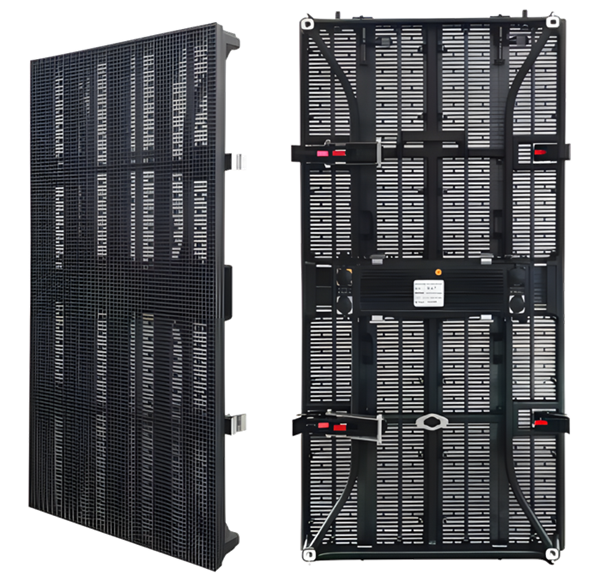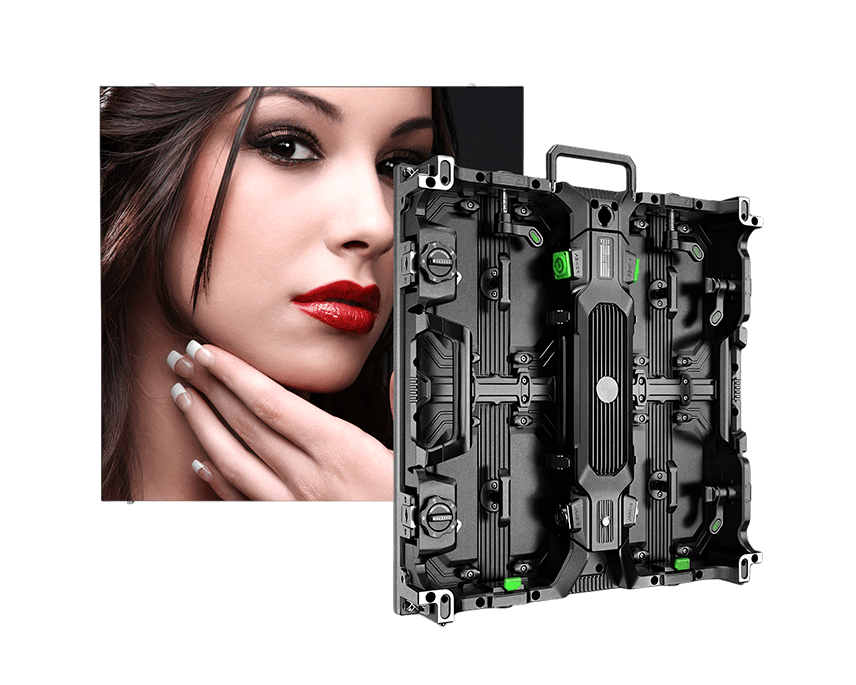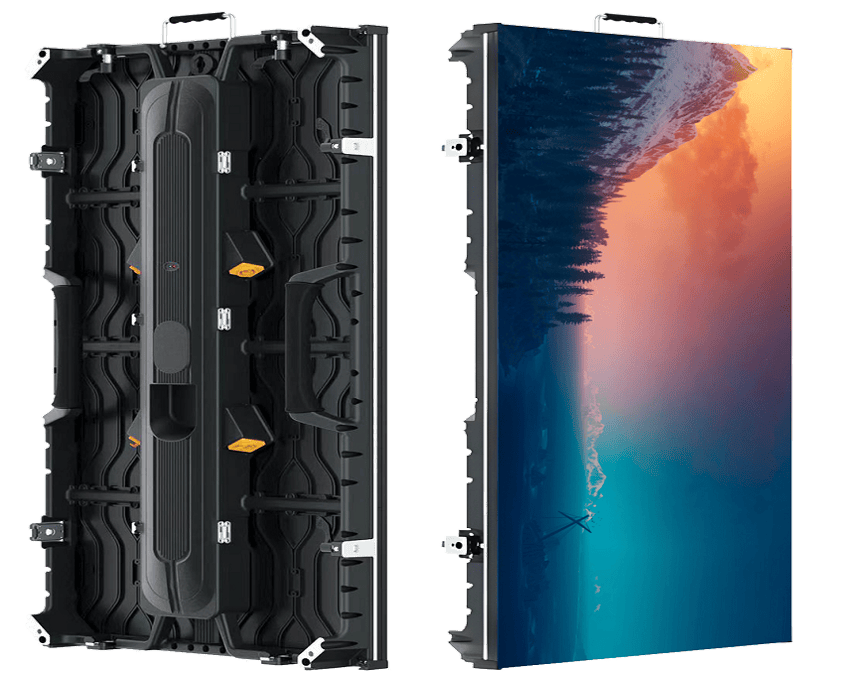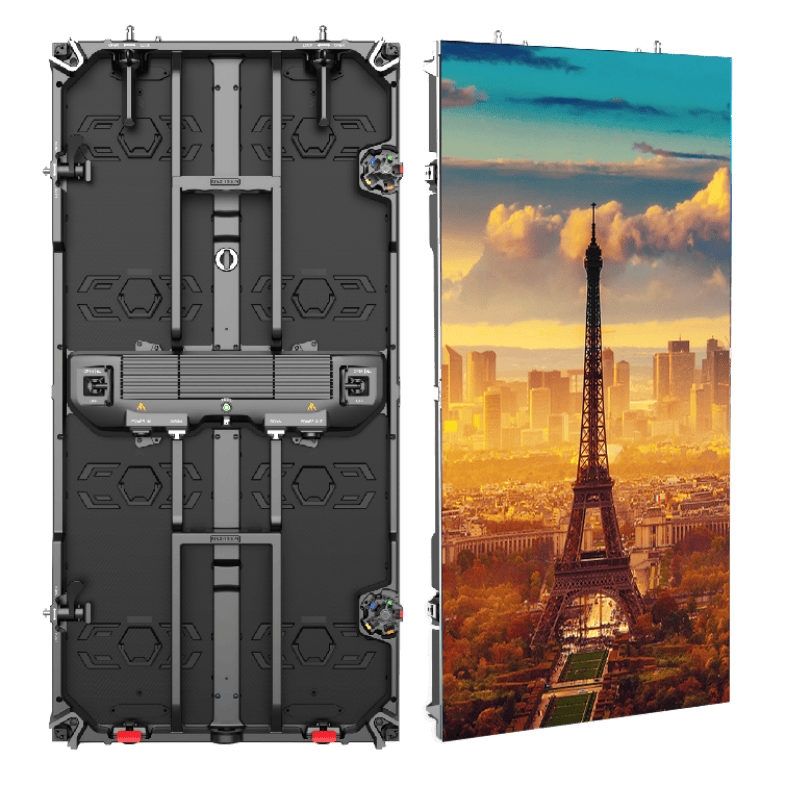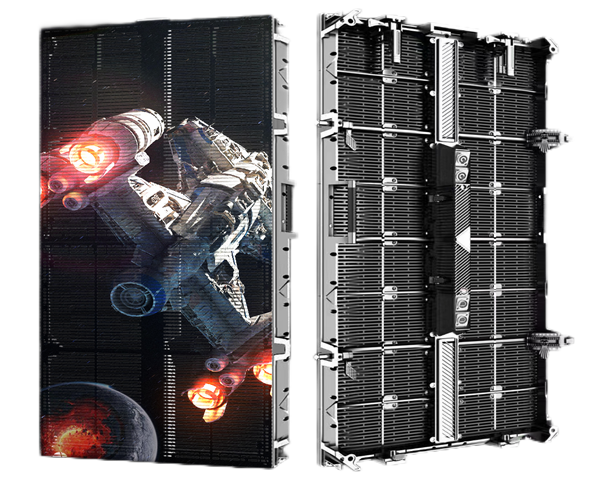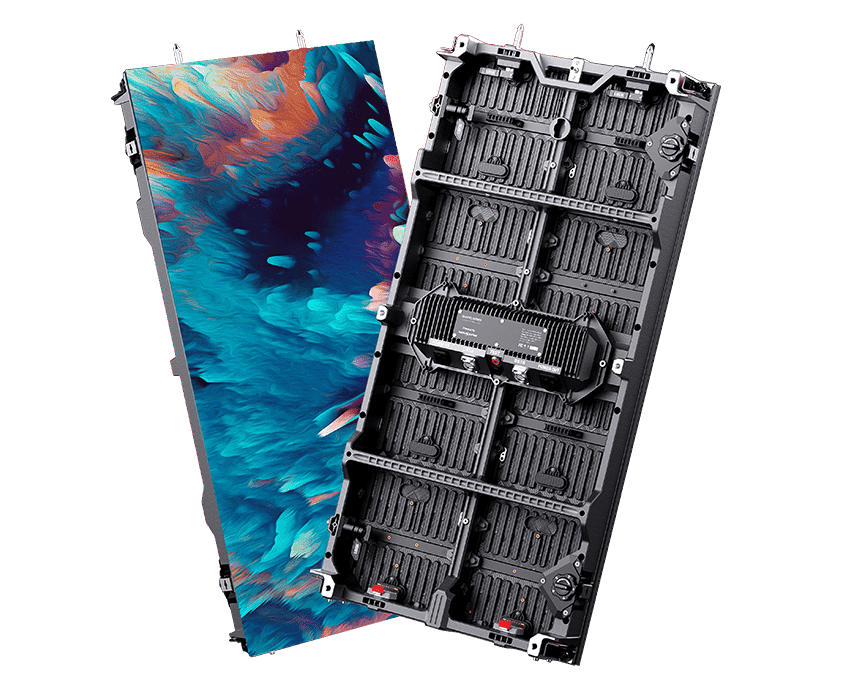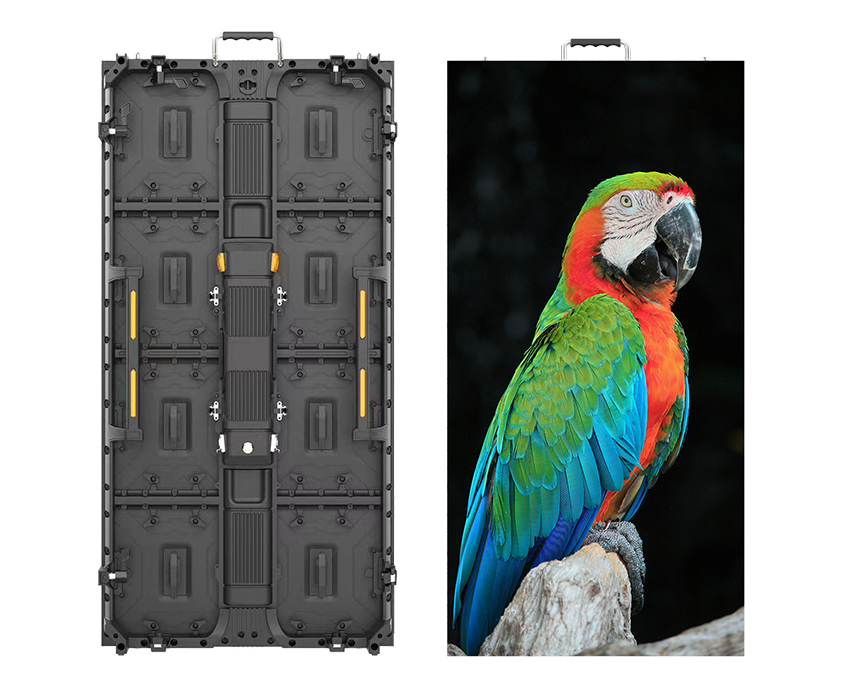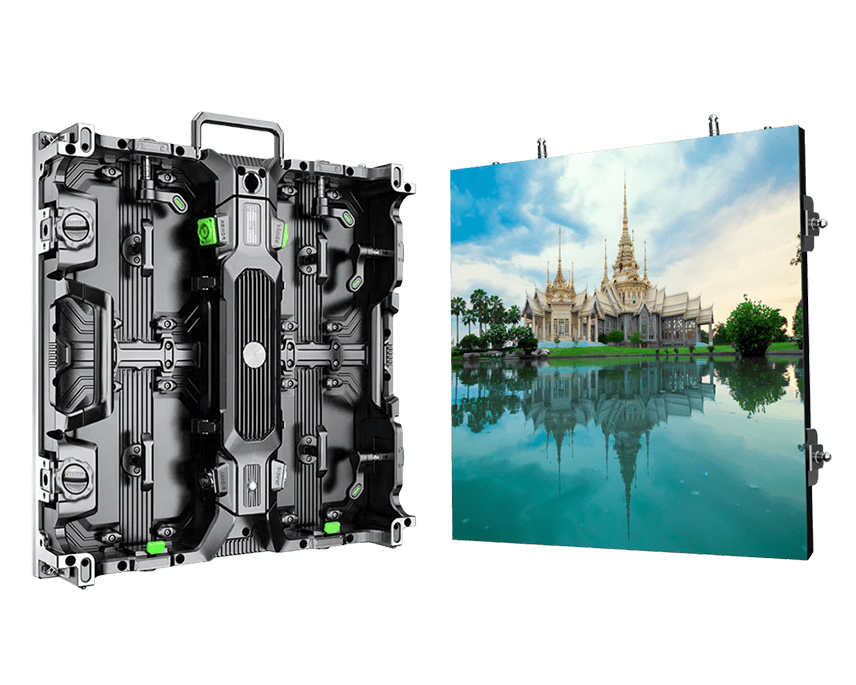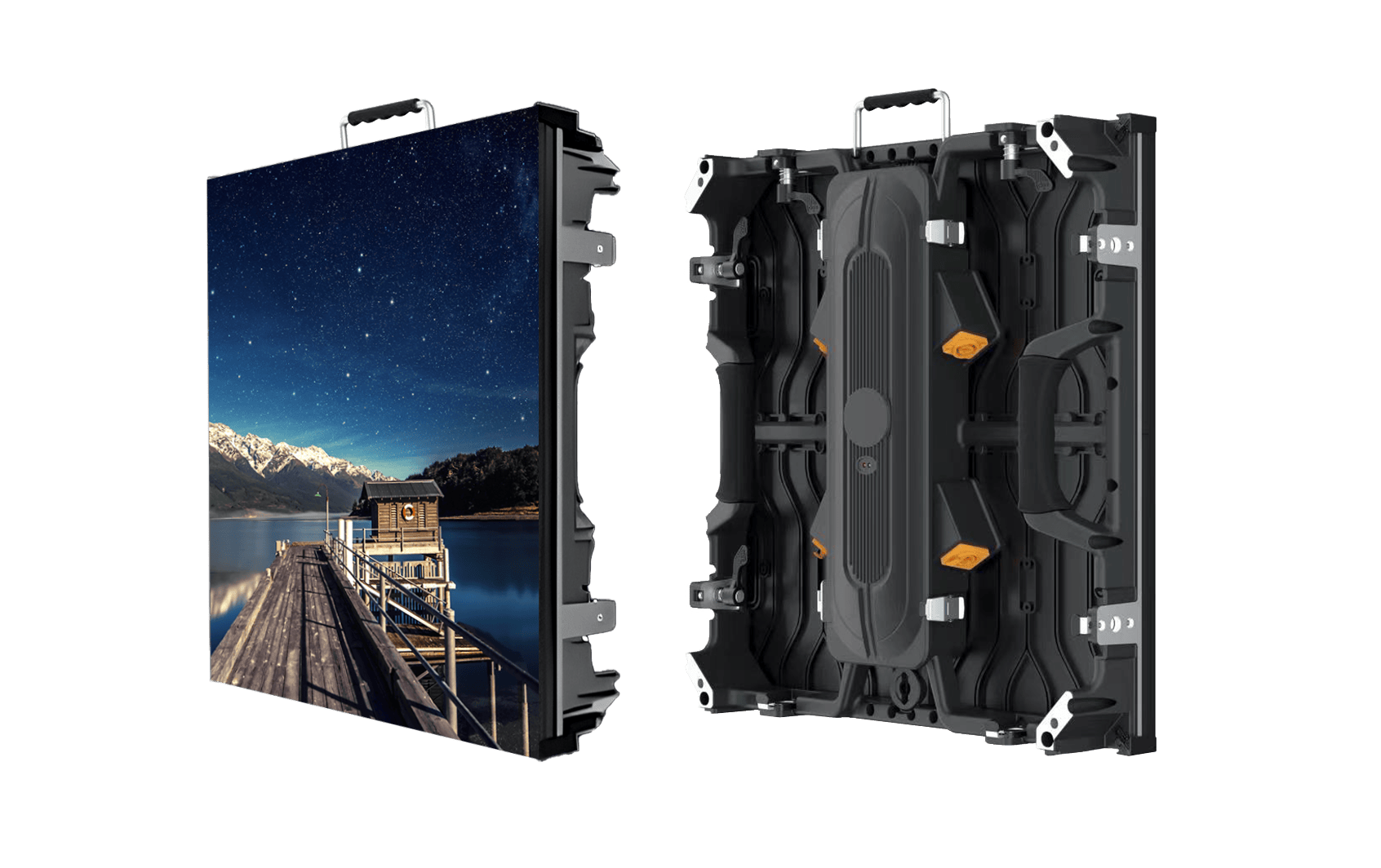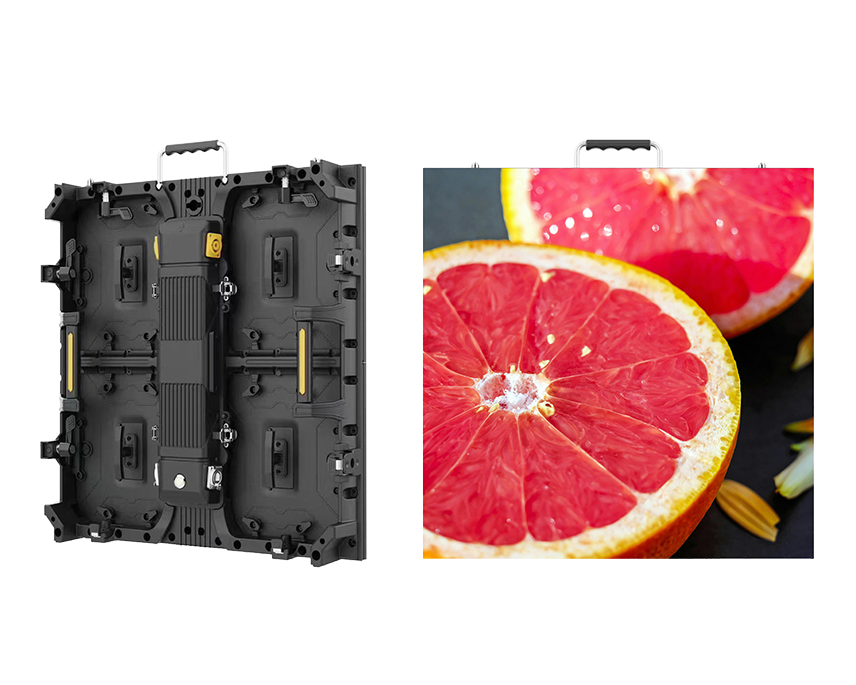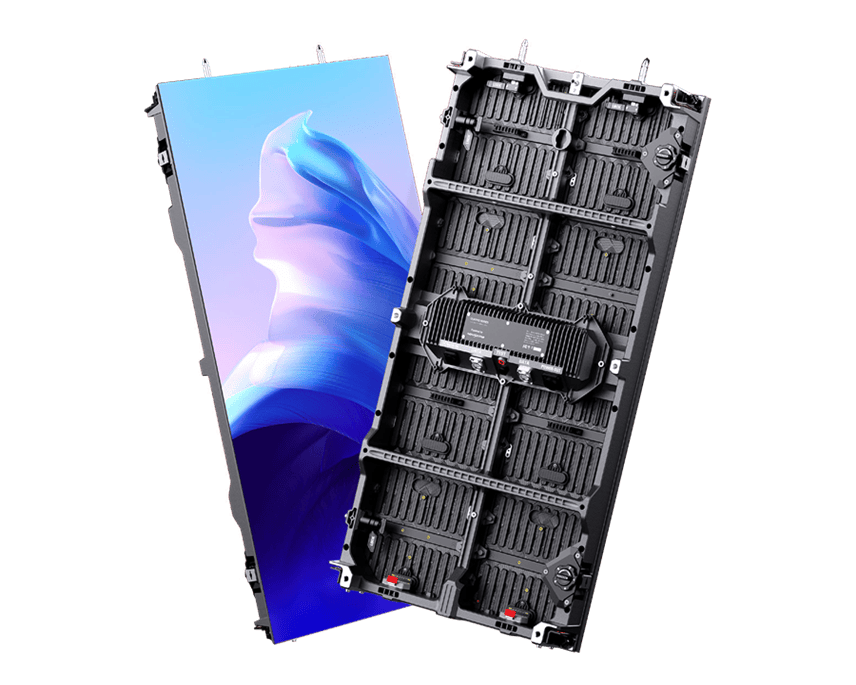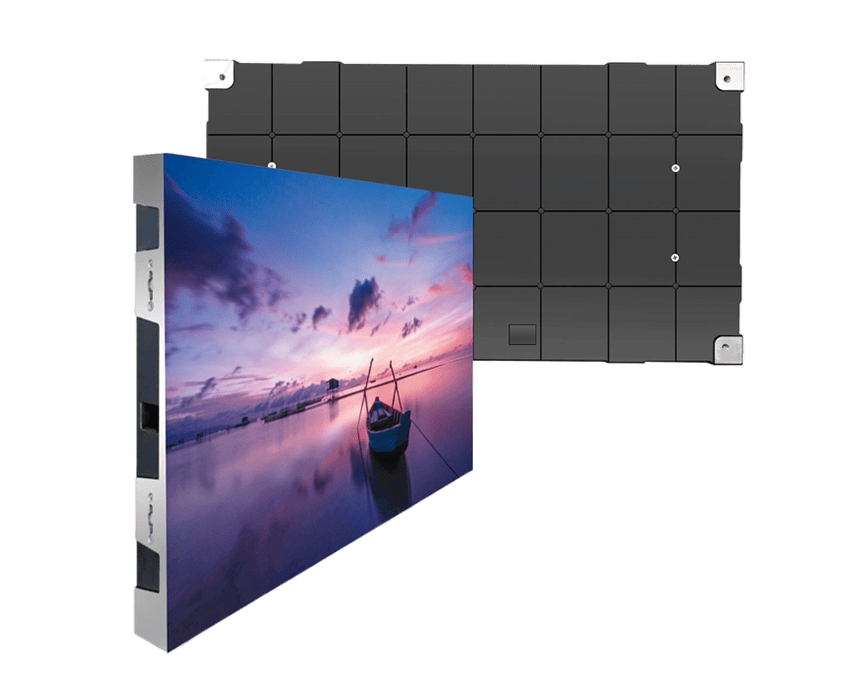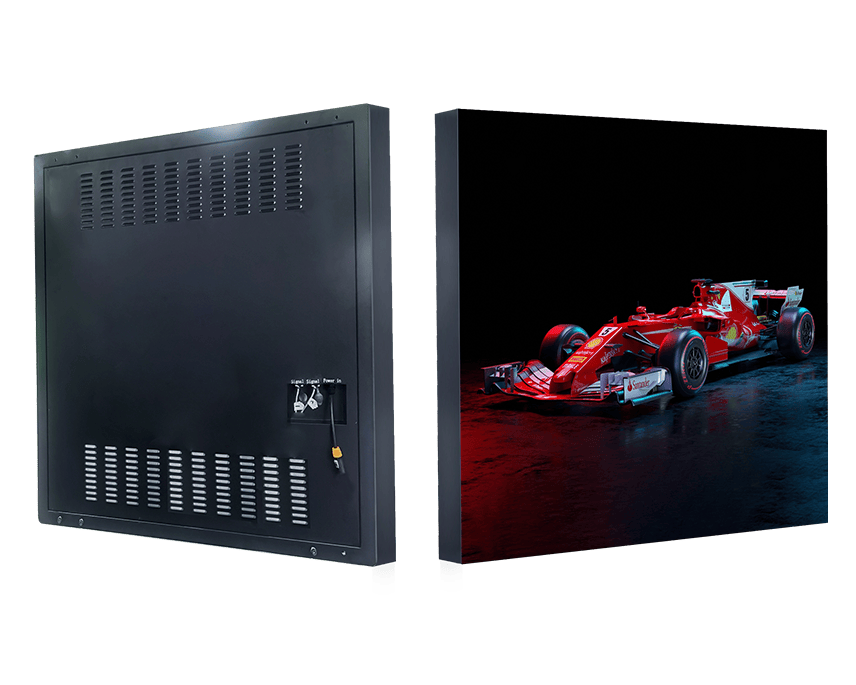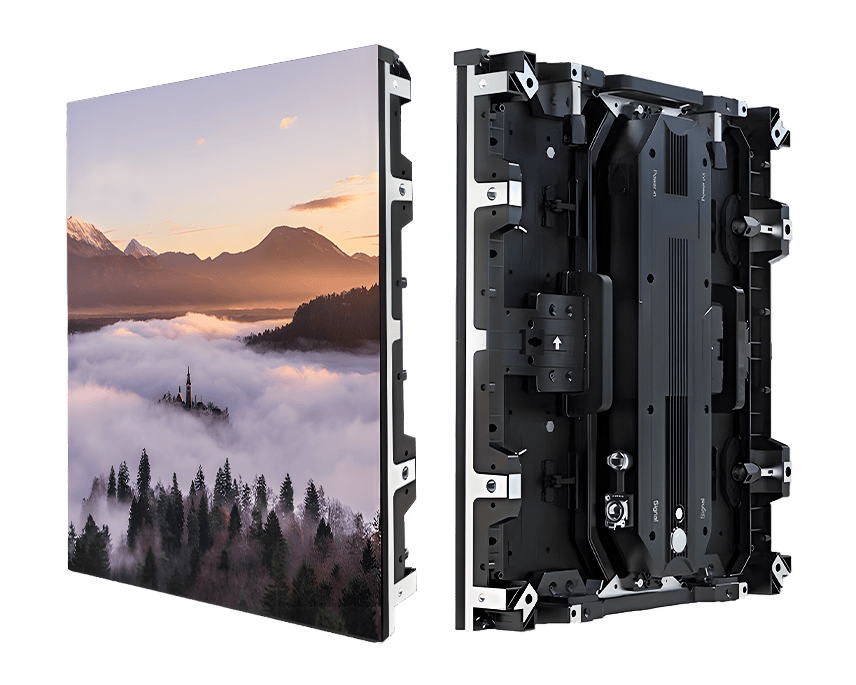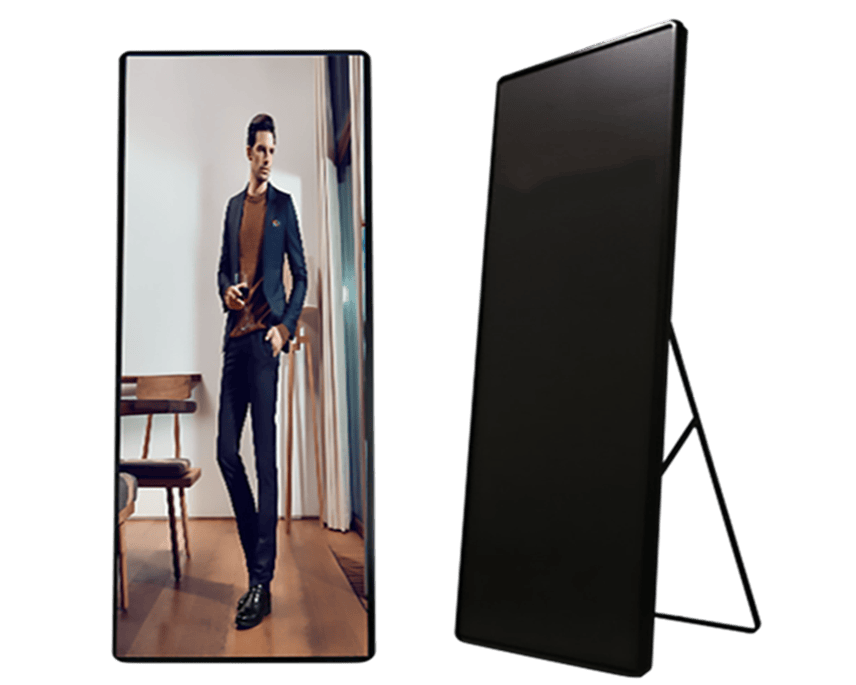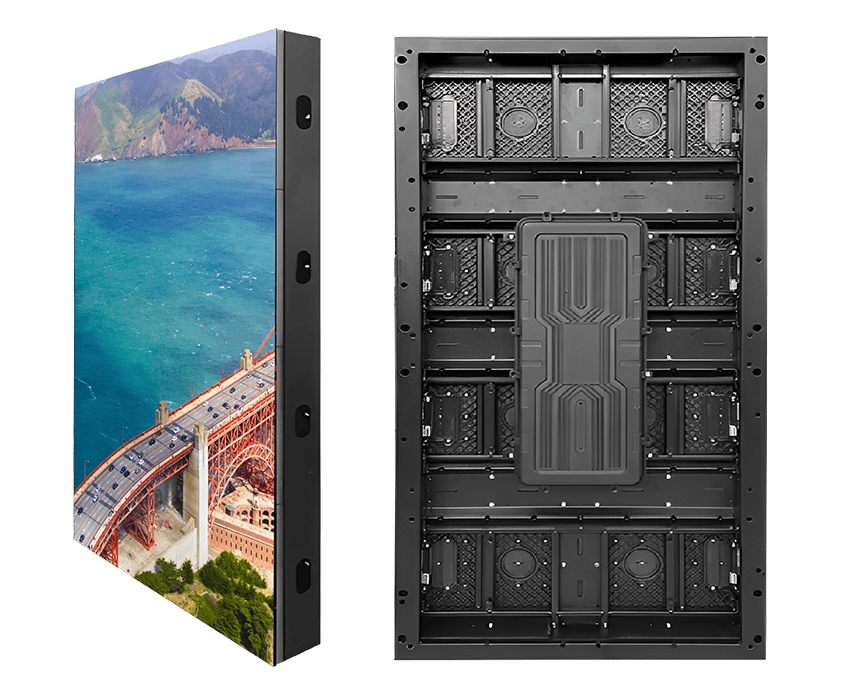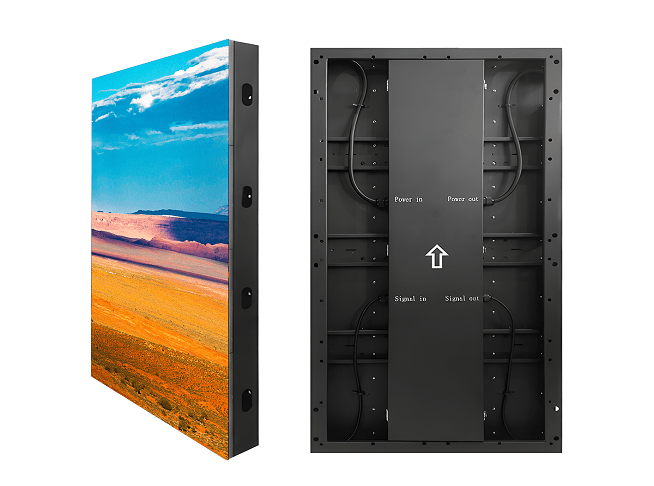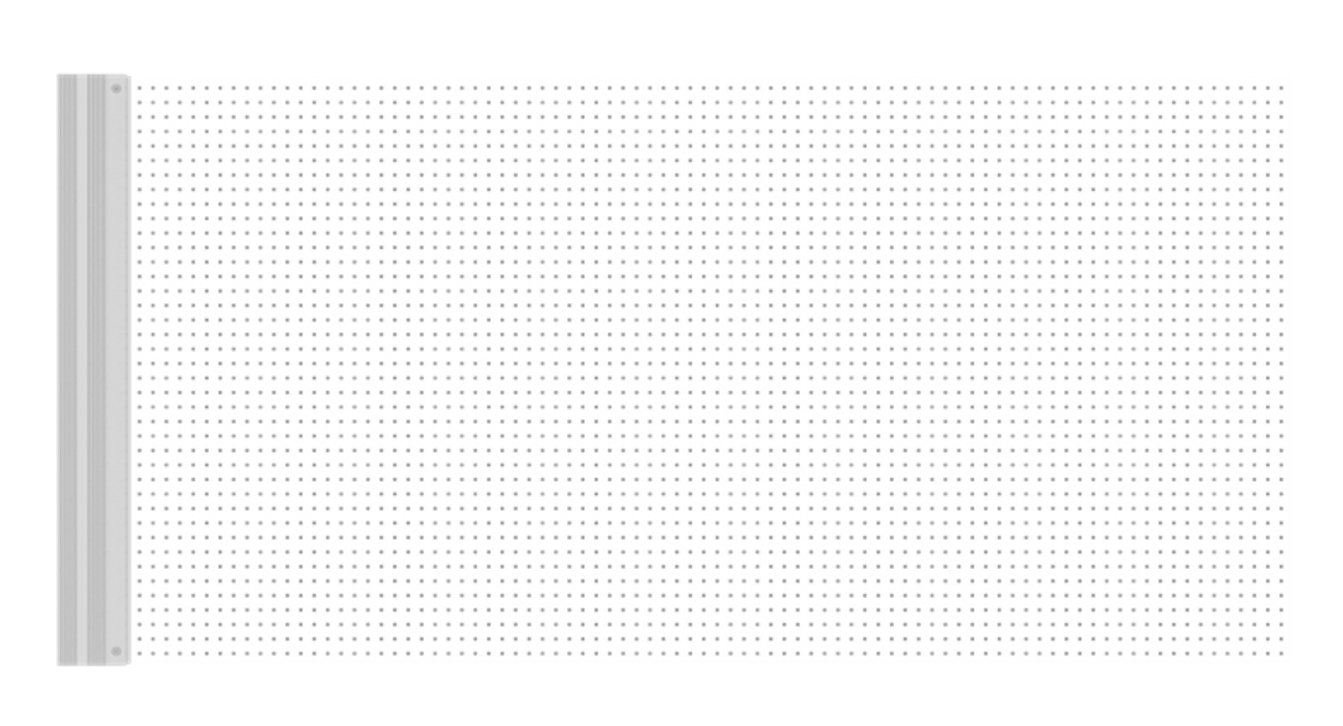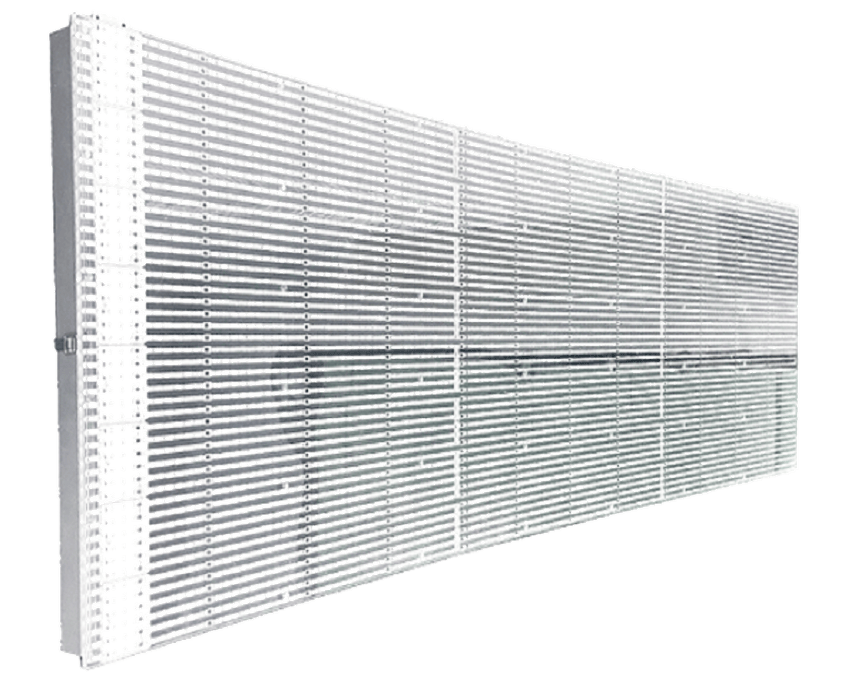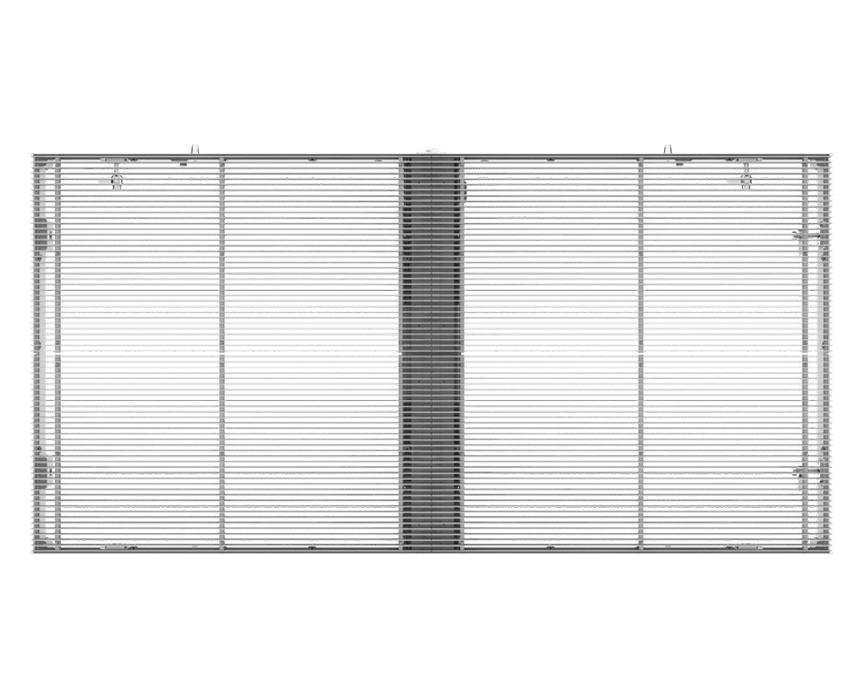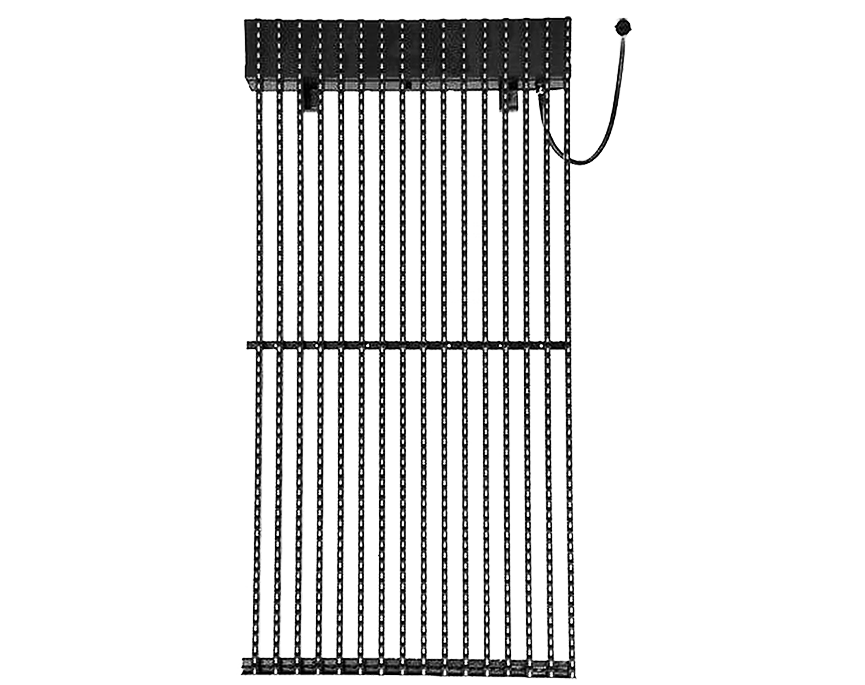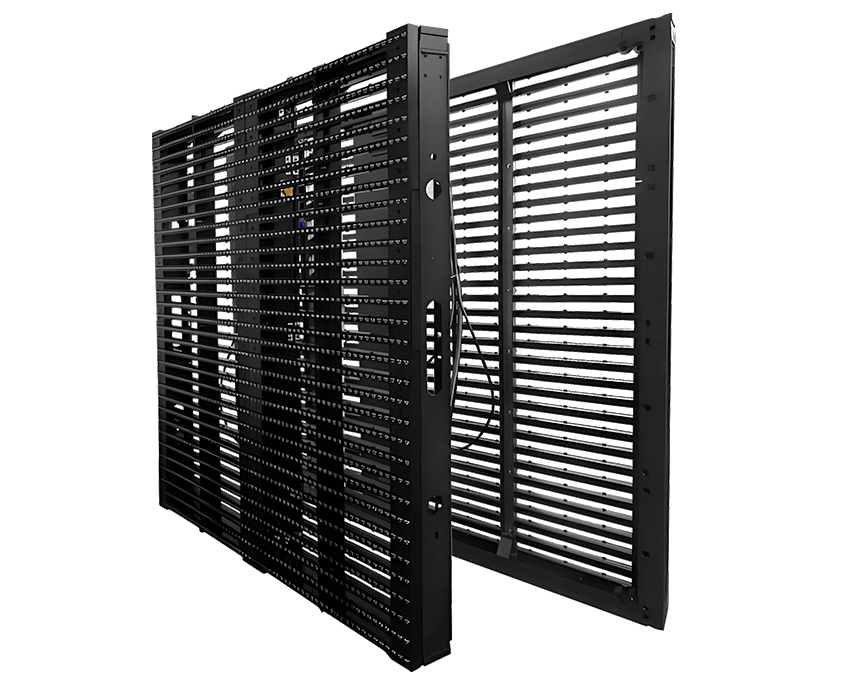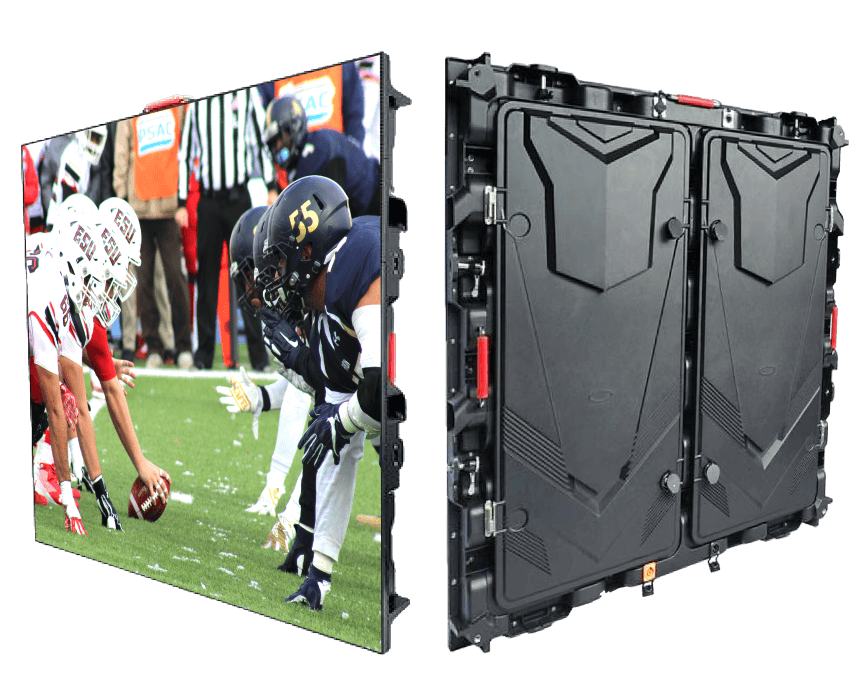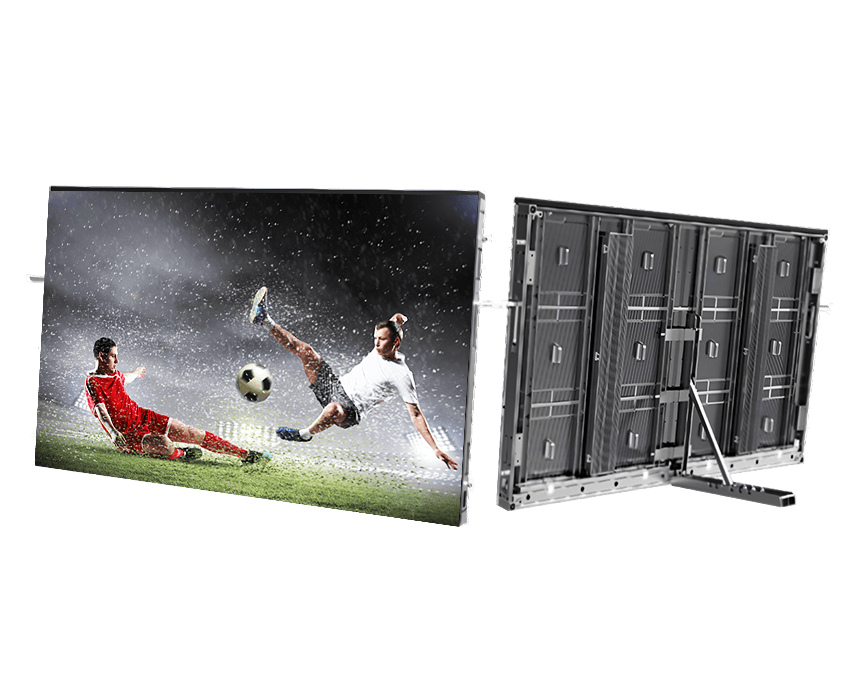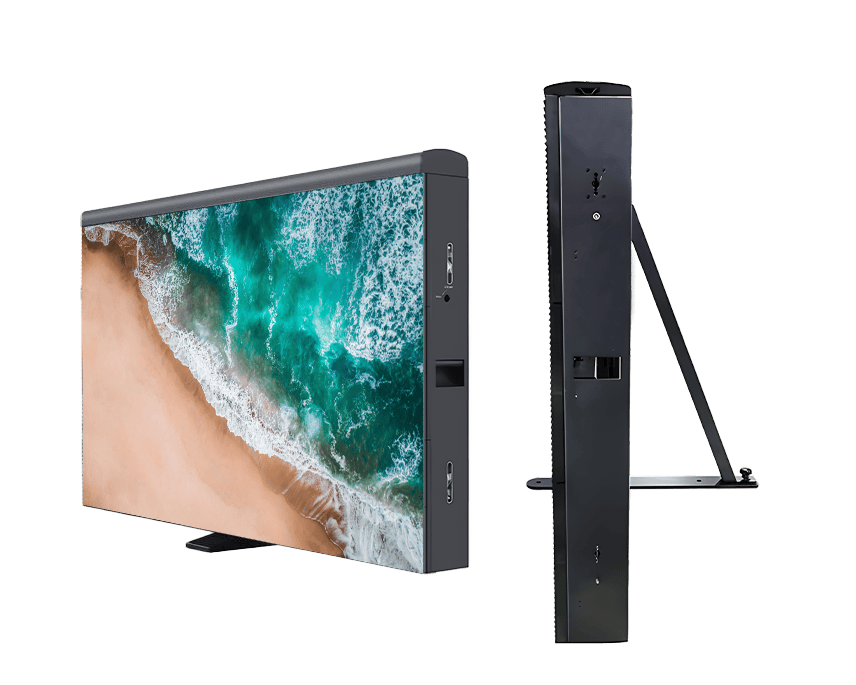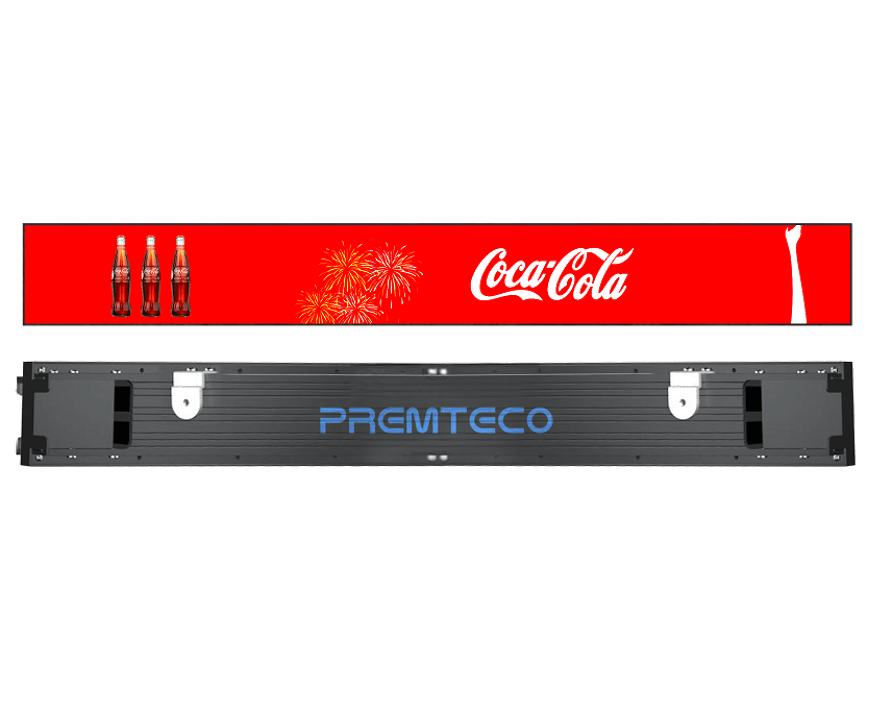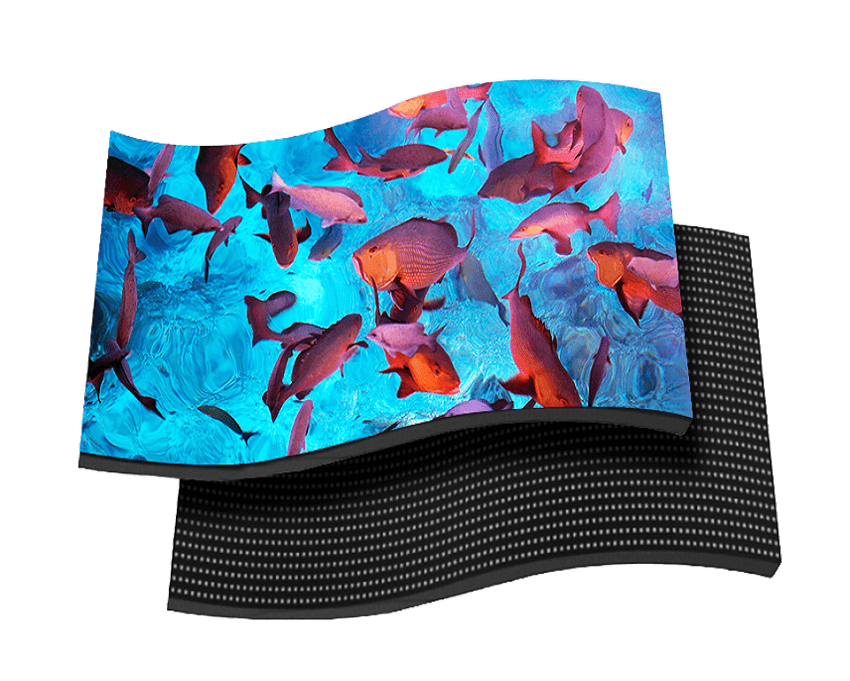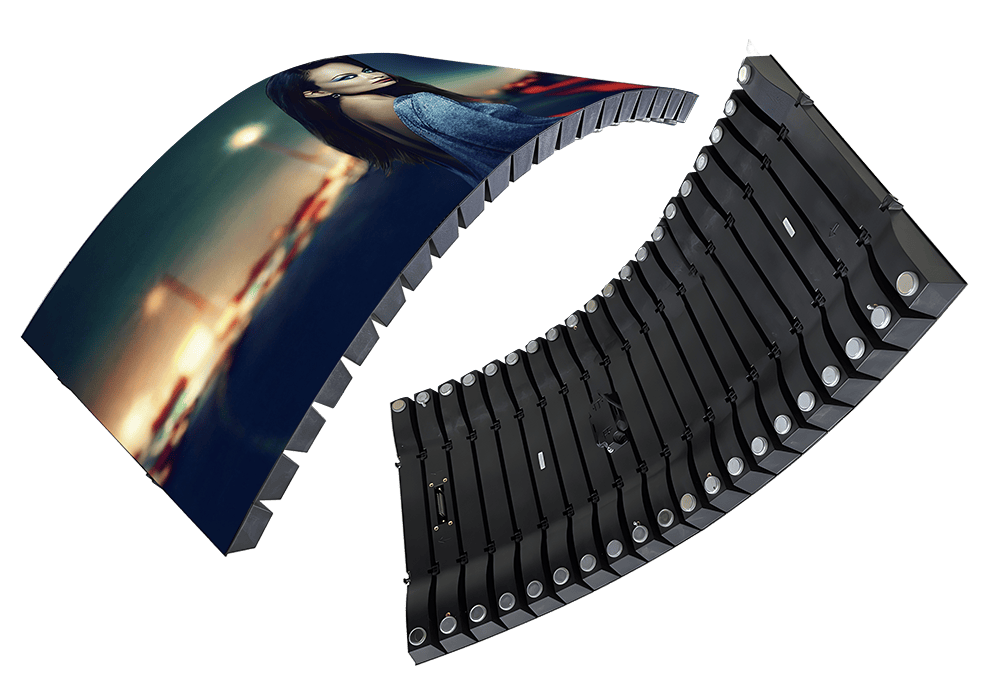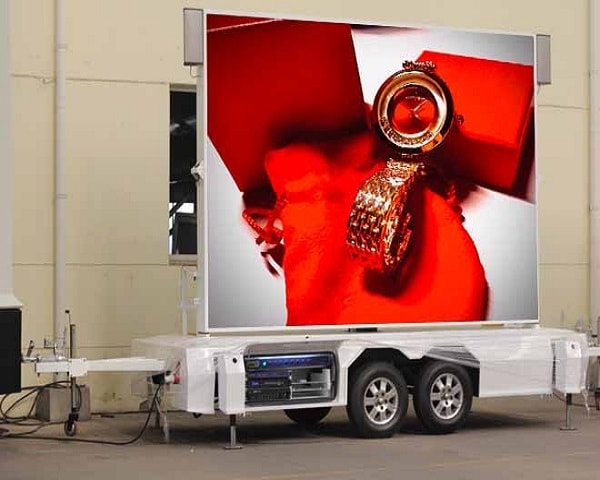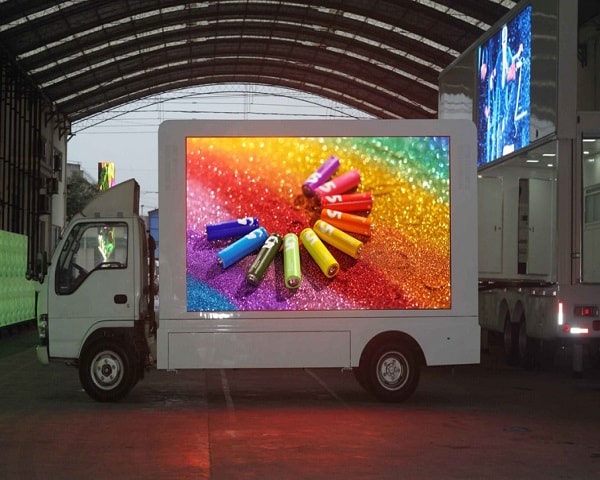How to choose the suitable LED screen for XR technology?
Views: 4073
Author: Irene
Publish Time: 2022-09-01
Origin: Site
How to choose the suitable LED screen for XR technology?
If you're building a virtual production/virtual entertainment studio, or you're going to purchase LED screens for virtual production(XR extended reality technology), please read this article carefully. If you're worried about choosing the wrong LED screen, this article will help you understand what you need to focus on.
1. Brightness
At present, the brightness of the LED screen widely used in virtual shooting is in the range of 1000-1500nits. After starting the calibration and picture quality engine, the peak brightness of the LED screen should not be lower than 1000Nits. If the brightness is lower than this, the self-lighting characteristics of the LED screen cannot be effectively played and the light effect of the virtual environment can be accurately restored.

2. Scan
Scan is the ratio between the number of rows that the LED screen drives current scans and the total number of rows of screen modules. For example, as for P10 modules, there are 16 lines of LEDs, and 4 lines are lit at once, so the number of scans on this screen is 4/16, which is also 1/4 scan.
The bigger the denominator of scan, the better the performance of the screen, and the lower the probability of black lines and horizontal lines while filming. Therefore, scans should be no higher than 1/16 scan.
3. Refresh rate
The refresh rate of a display is the number of times per second that the image refreshes on the screen. For example, a 60Hz display will update the screen 60 times per second. Overall, the refresh rate determines how smoothly motion appears on your screen. To eliminate screen flicker, LED displays should have a high refresh rate. In general, a refresh rate of 3840Hz is sufficient for most needs. If it is used for theatrical film production, the screen refresh rate may be required to reach 7680Hz and above.
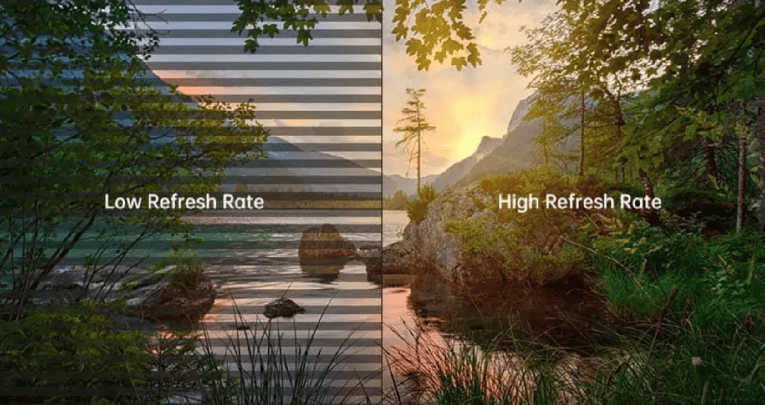
4. Pixel Pitch(mm)
Pixel pitch can be simply understood as the distance between the LEDs. The smaller the distance, the better the human visual perception. With the continuous development of screen technology, the pixel pitch of LED display is getting smaller and smaller. At present, the screen below P2.6 is used for virtual shooting and filming. If higher than P2.6, the picture shot will have a sense of granularity and the definition of the problem.
5. Viewing Angle
The viewing Angle of the LED screen is required to meet at least 140 degrees in the horizontal and vertical direction, and it is better to be above 160 degrees for better display effect. The larger the viewing Angle, the greater the freedom of the camera movement in the virtual shooting, and the smaller the limit on creative ideas.
6. Gray Scale
Gray scaling is the process of converting an image from other color spaces e.g. RGB, CMYK, HSV, etc. To shades of gray, from darkest to brightest. When selecting a screen for virtual photography, we need to choose one that has at least 14 to 22 bits of gray-scale display capability.

7. Color Gamut
Virtual shooting is a very strict requirement for LED screen color restoration. The LED screen should be able to cover the color requirements of the Rec.2020 gamut as much as possible.
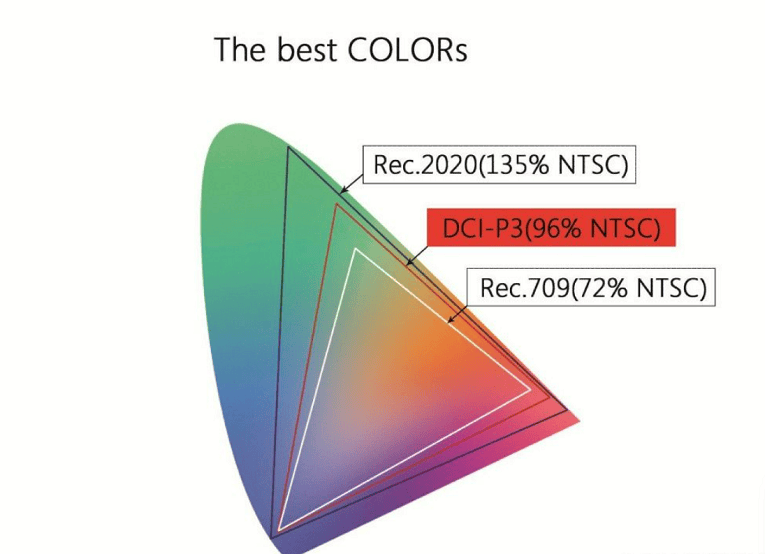
8. Mechanical Structure
LED screens need to be able to be installed and removed quickly, and ensure that the screen surface is flat with no obvious gaps. At the same time for screen, especially corner protection, it is best to provide multiple angles of connection.
In addition, in order to avoid black screens during filming, the LED power supply needs to have reliable cables and good heat dissipation design.
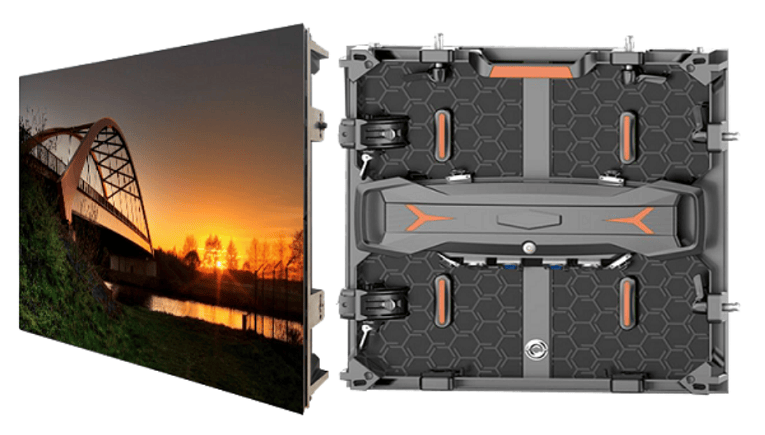
9. Moire Effect
In order to avoid reflected light in the LED screen when shooting, affecting the shooting effect, choose a screen with reflective processing. In addition, when the camera is used to shoot the LED screen image, if the spatial frequency of the sensor pixel is close to the spatial frequency of the stripes in the image, some irregular water ripple patterns, that is, mole lines, will appear in the image. There are already some LED screens with special surface processes that significantly reduce the moorgrain effect.
10. LED Control System
The LED control system is very important. It is responsible for processing the picture quality and display effect of the LED screen, ensuring that the shooting content has no flaws such as horizontal lines and scan lines, and meeting the needs of HDR, ascending and descending shooting, multi-position shooting, green insertion shooting, and advanced real-time color mixing of LEDs. The LED control system needs timely and reliable after-sales service guarantee.
About the LED control system for XR tech, we will talk more in the next article. Coming soon.
Finally, after purchasing the LED screen, we should also pay attention to the screen before factory parameter debugging. It is suggested to adjust the effect to determine to meet the needs of on-site shooting before shipment, otherwise there may not be adjusted parameters according to the needs of the factory, so that to the scene to do a variety of adjustments time-consuming and laborious situation.













